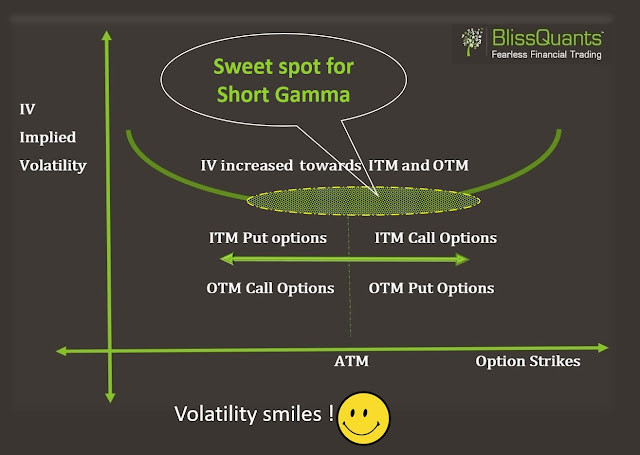When one thinks of the stock market, mostly one of these two thoughts come in mind; Warren Buffet or Speculation! If a person possesses knowledge of this field, he/she will be inclined to think about the Warren buffet philosophy. Most of the other folks think that it is a speculative world and if they’re lucky, they can make a fortune.
I too belonged to the second category of folks a few years ago. I used to believe that one can become wealthy by practicing the ‘art’ of speculative trading. I had an opportunity to step into the world of stock markets and started exploring the ‘how what and when’ of trading. I soon realized that the subject is a deep ocean of knowledge but practically lends itself to human emotions of panic, fear, and greed.
Cutting a long story short, here is a simple understanding of stock market trading.
Trading can be categorized into:
Speculative trading, Fundamental-based trading, and technical trading
Speculative trading involves trading in a financial instrument involving high risk, in expectation of significant returns. The motive is to take maximum advantage of the price fluctuations in the market. Speculators, therefore, trade-in securities which have highly volatile prices and are traded frequently. This type of trading was definitely not my cup of tea and led me to ponder on the other methods of playing the markets to ‘make some money’.
There are different philosophies/theories and each must be right for a certain set of people, of course, depending on their risk and return preferences.
It’s a known fact that fundamentals of a company should be the basis of its stock price and few, rather none can challenge ‘Buffetology’. Warren Buffet strongly advocates investing in fundamentally strong companies and identified the right stocks using fundamental analysis. Fundamental analysis involves an analysis of the balance sheet of the target company and of many more other parameters like turnover of assets, profitability, quality of the management team, demand for their products/services, future resilience/ vulnerability, state of the world economy, trends, competition, innovations in that industry, etc.
Primarily, fundamental analysis helps define the target security and prediction of the price or value. This method can lead to having very complex criteria for buying and selling stocks. It’s usually the experienced and established market participants who use fundamental analysis techniques for trading. It is used to make long term investments in the market. There are high chances that human emotions like fear and greed play a big role while taking a decision of entry or exit of the stocks.
And then there is this whole different world of technical analysis.
Simply put, technical analysis is based on the philosophy that trends and patterns repeat and that the stock prices can be predicted, with a degree of accuracy, by analyzing the price patterns/trends.
Technical analysis today consists of several theories around the study of patterns/trends. There are many universities and institutes which offer courses/certifications on technical analysis. You will find several certified technical analysts employed in the industry and this skill is found to be useful for individual traders, fund managers, and investment bankers.
Technical analysis requires skills in mathematics, statistical analysis, and money management.
There primarily are two categories of technical analysis:
1. Chart theory - discretionary trading and
2. Trend following
The chart theory is based on price, volume, and indicators; - namely, support and resistance levels. It has a defined mechanism of price determination. Though it is designed to avoid getting sentiment and emotion in the equation, the nature (discretionary trading) of this business is such that often emotions may play a bigger role in buy/sell decisions than rationale and mathematics. Besides, the backtesting of this system is a fairly complex exercise and is often not required as pattern science is based on historical behavior. People with knowledge and passion for mathematics prefer trading this style.
The trend-following technique is purely based on price theory. Frequently, trend followers say the price is ‘GOD’. The technique doesn’t involve any prediction of price. The trend following system can only be proven using historical data analysis; technically known as backtesting.
It gives a trader proven and consistence track record of how a stock behaves in a bullish, bearish and sideways market. The backtesting gives confidence as it shows how the stock has performed during major economic/political events in the economy, natural calamities, economic cycles, etc. The concept is really simple and is based on simple or exponential moving average or high-low price theory.
The beauty of this trading method lies in the discipline it lends to trading. The trader has to just be disciplined, once the rules in the system are set up. The system rules are defined such that the scope of influence of human emotions driving trading decisions is largely eliminated. Investors who prefer simplicity and discipline will favor this technique for trading in the capital market.
Happy disciplined trading!
To learn and trade Option Delta Hedging, Please visit https://BlissQuants.com/Bliss_Coaching




